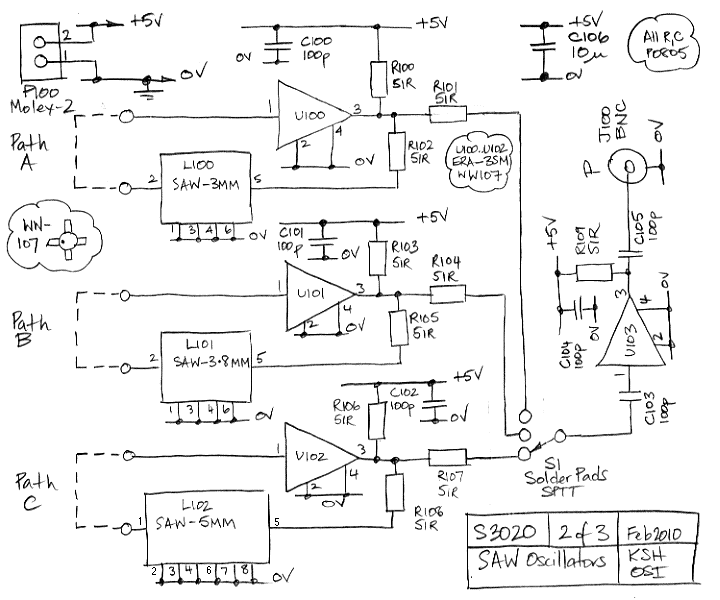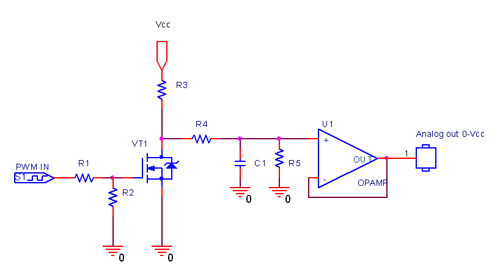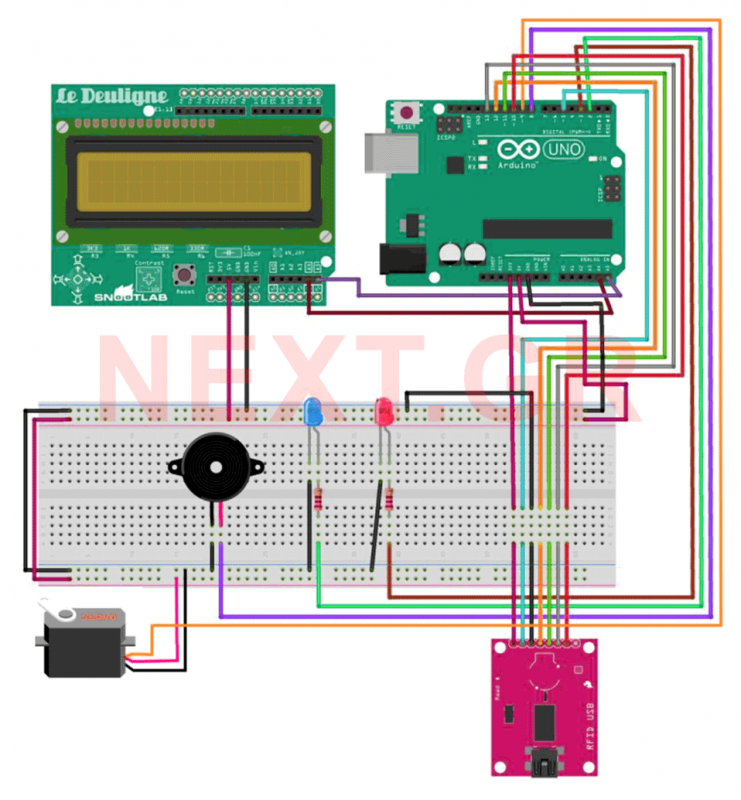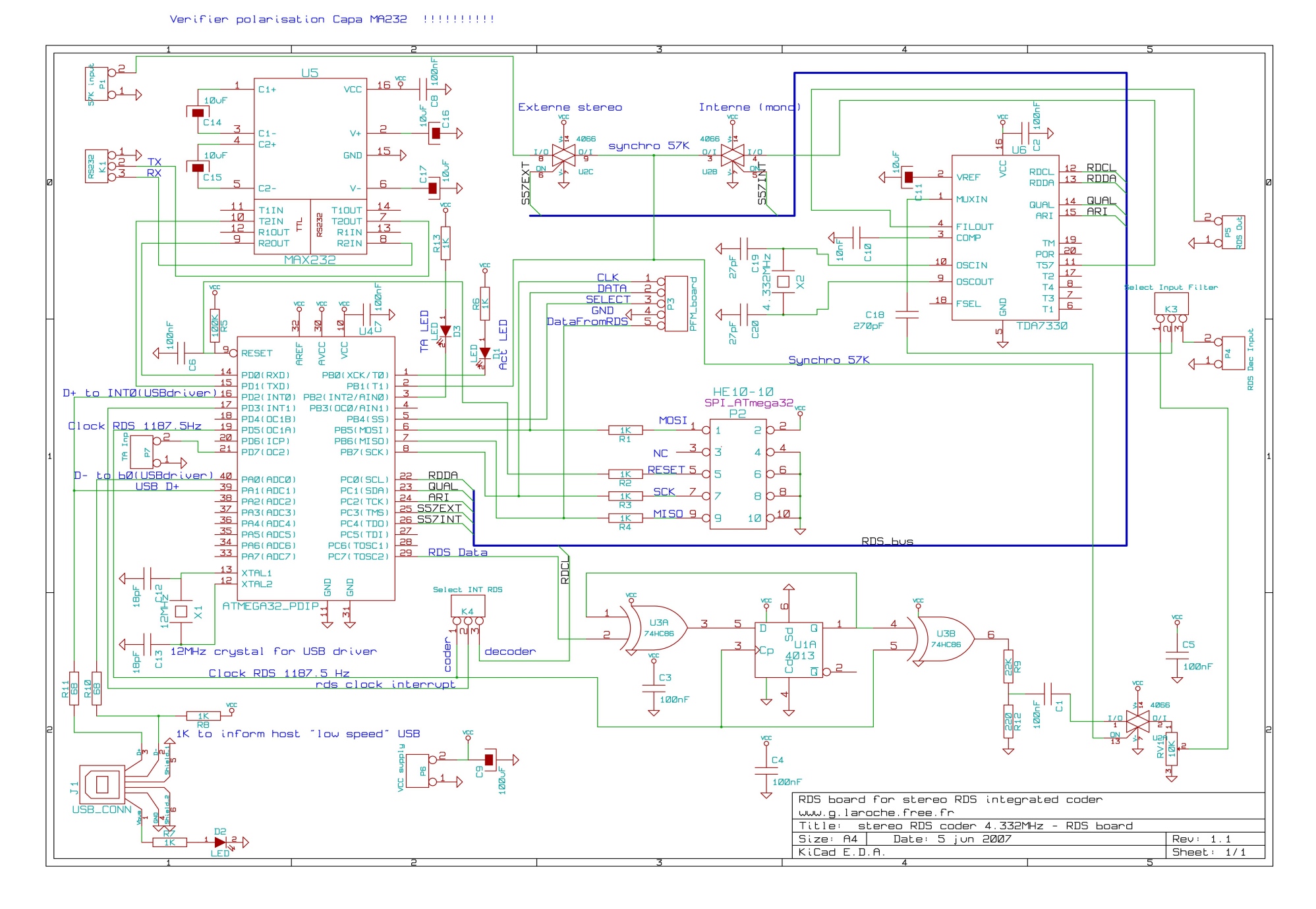
AM FM Simultaneous Transmitter Using Digital ICs

An FM and AM transmitter integrated into a compact device utilizing the CD4001 integrated circuit. It broadcasts at 20 MHz for AM and 100 MHz for FM.
The described transmitter combines both Frequency Modulation (FM) and Amplitude Modulation (AM) capabilities into a single, compact unit, leveraging the CD4001 integrated circuit, which is a quad 2-input NOR gate. This integration allows for efficient design and reduced component count while maintaining functionality for both modulation schemes.
For the AM transmission at 20 MHz, the circuit typically employs a modulator stage where the audio signal modulates the amplitude of the carrier wave. The CD4001 can be configured to create the necessary oscillation and modulation by using its gates to form an oscillator circuit. The output is then amplified to ensure sufficient power for transmission.
In contrast, the FM transmission at 100 MHz utilizes frequency modulation techniques where the audio signal alters the frequency of the carrier wave. This can be achieved by using a voltage-controlled oscillator (VCO) configuration, where the control voltage is derived from the audio input signal. The CD4001 can be utilized to create the necessary logic functions to modulate the frequency appropriately.
The output stage of the transmitter must include a suitable RF amplifier to boost the signal for effective broadcasting. Antenna design is also crucial; a dipole or monopole antenna can be used depending on the operational frequency and desired range.
Power supply considerations are important for such a device, requiring a stable voltage source to ensure consistent performance across both modulation types. Additionally, proper filtering and impedance matching must be implemented to minimize harmonics and maximize power transfer to the antenna.
Overall, this compact FM and AM transmitter design demonstrates the versatility of the CD4001 integrated circuit in radio frequency applications, providing a practical solution for dual-mode broadcasting.FM and AM transmitter in one small device built of cd4001 integrated circuit. It broadcasts on 20MHz(AM) and 100Mhz(FM).. 🔗 External reference
The described transmitter combines both Frequency Modulation (FM) and Amplitude Modulation (AM) capabilities into a single, compact unit, leveraging the CD4001 integrated circuit, which is a quad 2-input NOR gate. This integration allows for efficient design and reduced component count while maintaining functionality for both modulation schemes.
For the AM transmission at 20 MHz, the circuit typically employs a modulator stage where the audio signal modulates the amplitude of the carrier wave. The CD4001 can be configured to create the necessary oscillation and modulation by using its gates to form an oscillator circuit. The output is then amplified to ensure sufficient power for transmission.
In contrast, the FM transmission at 100 MHz utilizes frequency modulation techniques where the audio signal alters the frequency of the carrier wave. This can be achieved by using a voltage-controlled oscillator (VCO) configuration, where the control voltage is derived from the audio input signal. The CD4001 can be utilized to create the necessary logic functions to modulate the frequency appropriately.
The output stage of the transmitter must include a suitable RF amplifier to boost the signal for effective broadcasting. Antenna design is also crucial; a dipole or monopole antenna can be used depending on the operational frequency and desired range.
Power supply considerations are important for such a device, requiring a stable voltage source to ensure consistent performance across both modulation types. Additionally, proper filtering and impedance matching must be implemented to minimize harmonics and maximize power transfer to the antenna.
Overall, this compact FM and AM transmitter design demonstrates the versatility of the CD4001 integrated circuit in radio frequency applications, providing a practical solution for dual-mode broadcasting.FM and AM transmitter in one small device built of cd4001 integrated circuit. It broadcasts on 20MHz(AM) and 100Mhz(FM).. 🔗 External reference





